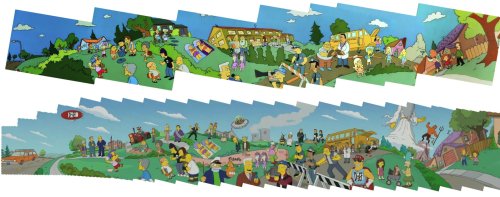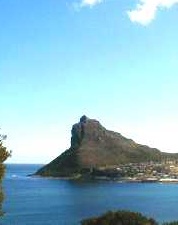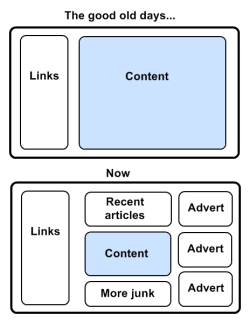Google has just announced that they are developing an operating system for release in 2010. When it comes to Google nothing surprises me anymore!
The Idea
The idea is to create a simple, fast and free operating system for users who do everything online.
Windows is bulky, complex and fragile because it was developed for a world where each computer must bundle everything the user needs.
The Google OS is being designed for a world where users do everything online. By removing the bulk and complexity you get an operating system that is very fast, secure and stable.
Why it will work
It is important to note that the Google OS is currently targeted at netbooks (tiny, cheap, portable laptops). This is the perfect market for an OS like Google’s and it should pave the way.
There are still plenty of reasons to think that Google’s operating system is stupid.
1. We need Word and Excel
Meet Google Docs. Google and others have developed replacements for the essential desktop tools. Word, Excel, calendar, email, Powerpoint – they’ve all got working online replacements. It’s no coincidence that Google just brought Google Apps out of beta.
I’m even writing this text online – not in Word!
2. What if I’m offline?
Even in an increasingly wired world we are sometimes going to be offline. What then?
Meet Google Gears. Not many people know it, but Google has produced software that allows web applications to be used even when offline! Gears is still in it’s infancy, but it when applied correctly it works.
3. Net speeds are increasing all the time
To really work we need bandwidth and lots of it. Luckily that is happening anyway (although not fast enough in South Africa)
Why are they doing this?
Google is releasing the operating system for free and open source. They’re doing us a huge favour for nothing! Why?
Google needs us all to be online. They want a world where everyone does everything online where they dominate. Fine by me.





 Amazingly it seems that someone has managed to pick up a stunning mountain(!!) in Hout Bay for R10 million on auction. (see
Amazingly it seems that someone has managed to pick up a stunning mountain(!!) in Hout Bay for R10 million on auction. (see 

 These days reading content online can quite a pain. The content that we want is lost in an ocean of junk (see image).
These days reading content online can quite a pain. The content that we want is lost in an ocean of junk (see image).